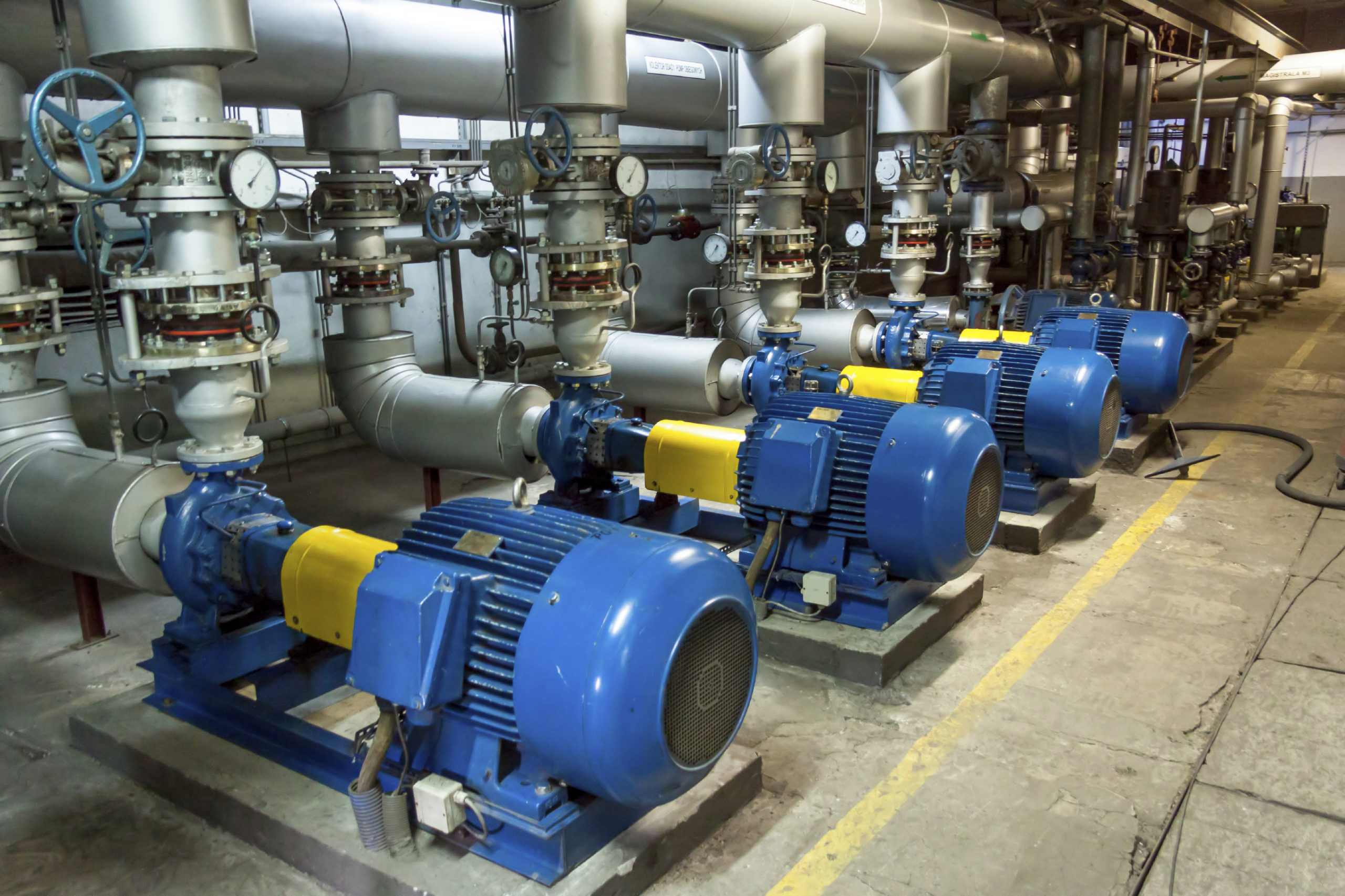
The Magic Pill
Pop quiz: What do the following scenarios have in common?
- An accountant who cringes every time he sees the utility bill
- A maintenance crew that is repeatedly fielding comfort problems
- A manager, who is, shall I say, displeased as her staff is continuously griping about the indoor climate
Answer: Lousy system design and/or automatic controls.
Are these situations just a part of doing business? If you thought there was no magic pill for these problems, think again.
What You DON’T Know WILL Hurt You
During the design of a recent building seeking LEED certification, the building owners required high efficiency equipment. However, they indicated the system design needed to be completed as inexpensively as possible. As a result of these criteria, they received a system that can’t operate their expensive equipment efficiently. They received a high-efficiency boiler that rarely runs, while “backup” low-efficiency furnaces in rooftop units do a majority of the heating. To make the situation worse, simultaneous heating and cooling became unavoidable.
The building owners didn’t know that control systems (see energy management control systems), the brains of the HVAC system, are just as important, if not more important, as the high-efficiency equipment. Unlike other equipment, a good control system can help you avoid:
- Expensive or time-consuming maintenance problems and service calls
- High energy bills due to sub-optimal performance of equipment (you paid for it, use it wisely!)
- Poor temperature control (temperature concerns distract workers and reduce productivity)
Something to Watch for
Controls systems are getting more sophisticated, yet today’s system designs usually do not allow building owners to reap the benefits of the technological advancements. The more advanced control technology doesn’t force the designer to think through every step of the control. Indeed, designers have been gradually separating themselves from the sequence of operations, a written explanation of how systems should be controlled. Instead, some leave the responsibility of creating the sequence of operations entirely to the controls contractor. These contractors then have to guess, or set up a system similar to something that has worked for them in the past. Nine times out of ten, this leaves the system underperforming and begging for changes.
Here is the Pill
Because energy conservation is a priority in LEED 2009, and consumer and investor attention is rising, advanced energy management systems are becoming popular. By specifying good controls and optimizing energy use, the number of points the project will receive for LEED will increase. More importantly, you will actually achieve the performance you should get and you will have a better building.
Have your design team specify a versatile and user-friendly energy management system. In addition, your designer or commissioning agent should write your sequence of operations. We recommend this happen before the controls contractor is involved. An effective energy management system will prevent many problems. Your company’s accountant, maintenance team, and management staff will love you for it.




